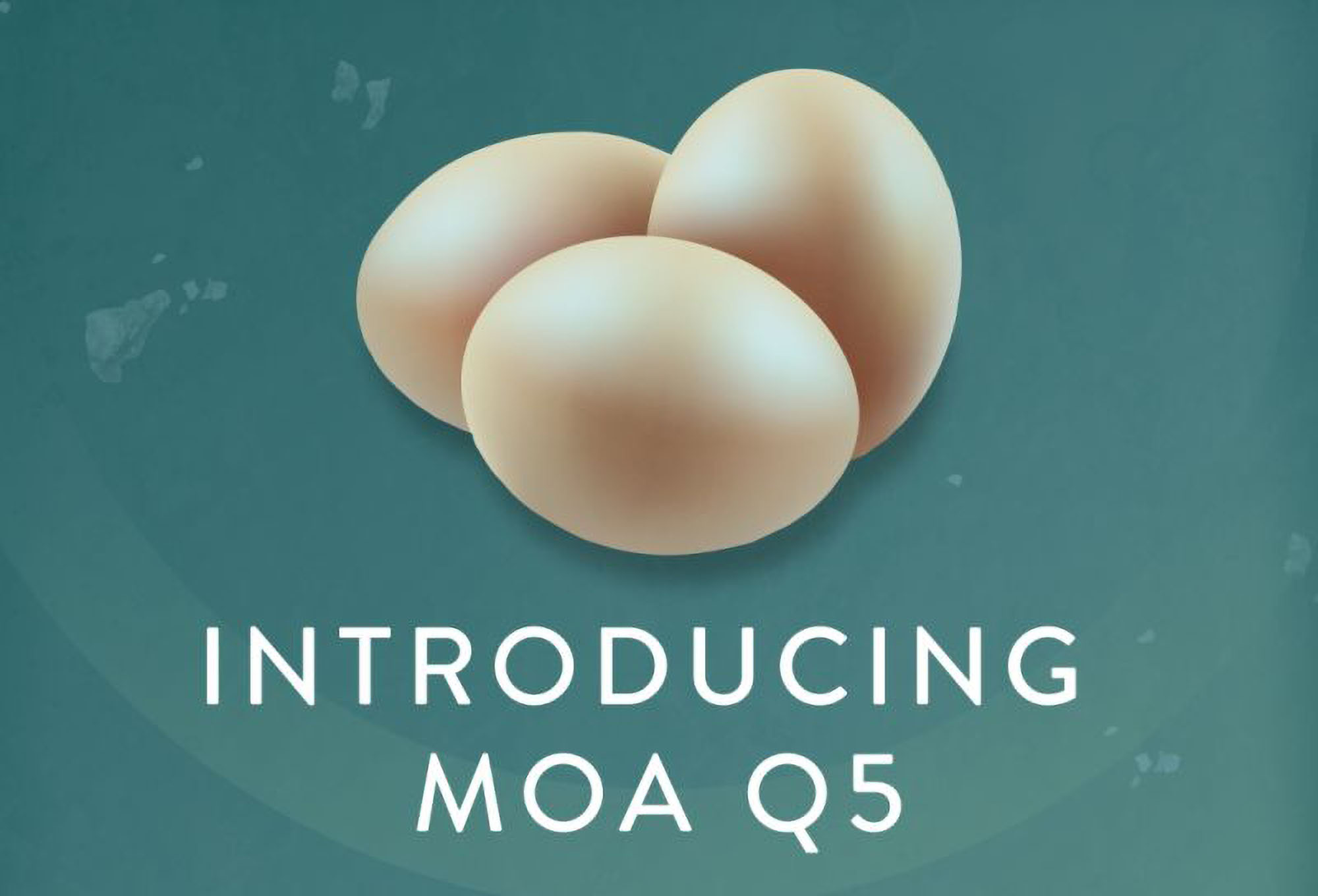

FPP Chicago Speaker Interview: Arpad Csay, Senior Director, New Food North America, GEA Group
There’s a notable a shift occurring in alternative proteins production; a move away from copying or repurposing infrastructure from parallel sectors such as biotech or pharma to instead investing in purpose-built, food-focused facilities. And, as Arpad Csay reveals here, it’s the smart solutions providers that are both responding to and enabling this trend
Following a 20-year career in custom-engineered products and plant solutions, in 2022, Arpad Csay became the leader of GEA’s North American New Food business. In doing so, his job satisfaction increased greatly. “It’s very exciting for me to help grow the proteins sector with GEA, given the number of new food pioneers already writing innovation history,” he explains. “Industrial production is still at the starting blocks but is filled with energy and enthusiasm. I hope one day to sit with my grandchildren and tell them I got to play a small role in revolutionizing our food system.”
And it’s the back-end infrastructure that Csay is focusing on to achieve this aim. “I believe the most pressing need for horizontal collaboration is between process development and production facilities,” he says. “Enabling startups in novel proteins to take the leap from benchtop to commercial production is a major undertaking and requires purpose-built facilities with large capital investments. Currently there is no such infrastructure for precision fermentation and cultivated meat applications.”
Csay points out that many startups in this space therefore look to Contract Development and Manufacturing Organizations (CDMOs) in parallel industries to conduct their process development and production. “As we all know, this is far from ideal and not a long-term solution,” he says. “These facilities were built to serve industries with different process requirements and profit structures, are often booked out months in advance, are expensive, and usually are not equipped with the right downstream infrastructure for efficient scaling.”
However, Csay reports that there is some good news on this front. “Some businesses have recognized the need for such purpose-built infrastructure and are in the process of establishing it. Collaboration between such facilities will help startup enterprises bridge the gap between lab and commercial production, enabling them to get products to market faster, and increase their odds of commercial success.”
Cultivated meat is still in its infancy. Some skepticism remains, but if we just zoom out a bit, it’s clear the industry has made tremendous strides in the last few years
Part of GEA’s enabling role here is illustrated by the recent announcement of a US$20 million investment in an alternative proteins technology center in Wisconsin, USA. “Like many ideas, the technology center conversation started in a hotel lobby during a customer road trip with a couple colleagues in January 2023,” he reveals. “We knew startups headquartered in the USA required facilities for process development and derisking. Making an upfront investment would position us to help meet a critical need and accelerate the industry’s development.”
Csay explains that the new food technology center was designed with a comprehensive coverage of process development needs in mind. “It includes GEA’s multifunctional fermenters or bioreactors together with high-shear mixing, sterilization, homogenization, cell separation, purification, and drying equipment. The system can freely alter the sequence of the various steps and add or repeat upstream and downstream process stages to test cultivation and fermentation strategies along with product synthesis,” he details.
And what role does Csay believe the facility can play in the bigger picture? “The aim is twofold: enable novel food startups to move from benchtop to production scale; and support established industry players with continuous development of their portfolio,” he states.
Naturally, it’s not only this one site where GEA is investing in alternative protein production. Csay describes the organization as being “at the forefront of the novel food movement, which addresses the challenges posed by the megatrends of climate change, food security and ethics as well as healthy nutrition”. He says this is why new food has been identified as one of the growth drivers in the GEA Mission 26 (a five-year plan) strategy. “One dedicated business line is working on technologies and full production lines for microbial proteins or proteins cultivated in bioreactors, plant- or fungi-based foods, as well as innovative hybrids combining plant-based products with proteins produced using biotechnology,” he details.
And this mission is already producing results. “We are currently involved with a first-of-its-kind, state-of-the-art process line for commercial-scale cultivated meat production in the USA,” Csay reveals. “Beyond customer projects, we are also cultivating relationships with leading academic and nonprofit institutions through skills-based expertise and in-kind contributions.”
In terms of what will happen next, Csay says that he envisions a bright future for alternative proteins. So, how might this future look? “In plant-based markets, vegetable proteins and dairy alternatives will continue seeing more space on store shelves, with continuously improving taste, nutritional profiles, and price points,” he says. “Precision fermentation offers great opportunities to increase the selection of functional and sustainably produced food ingredients. I can see the industry taking off once a functioning infrastructure begins operation in 2025.
“Further, mycelium-based proteins offer clean labels, excellent nutritional profiles, and work well as meat substitutes. Certain technological improvements are still needed, but I’m confident behind-the-scenes efforts to find scalable solutions are going to pay off soon.
“Cultivated meat is still in its infancy,” he observes. “Some skepticism remains, but if we just zoom out a bit, it’s clear the industry has made tremendous strides in the last few years. I’ve been lucky enough to have a front-row seat to developments in this space and believe it too will gain commercial acceptance.”
Arpad will be appearing on a panel discussion at The Future of Protein Production Chicago called, ‘Horizontal collaboration that could supercharge progress by breaking down silos', which takes place at McCormick Place on 24/25 April 2024. Book your tickets today to come and hear a further +85 speakers, 30 presentations, eight panel discussions and network with +400 other attendees. Click here
If you have any questions or would like to get in touch with us, please email info@futureofproteinproduction.com






